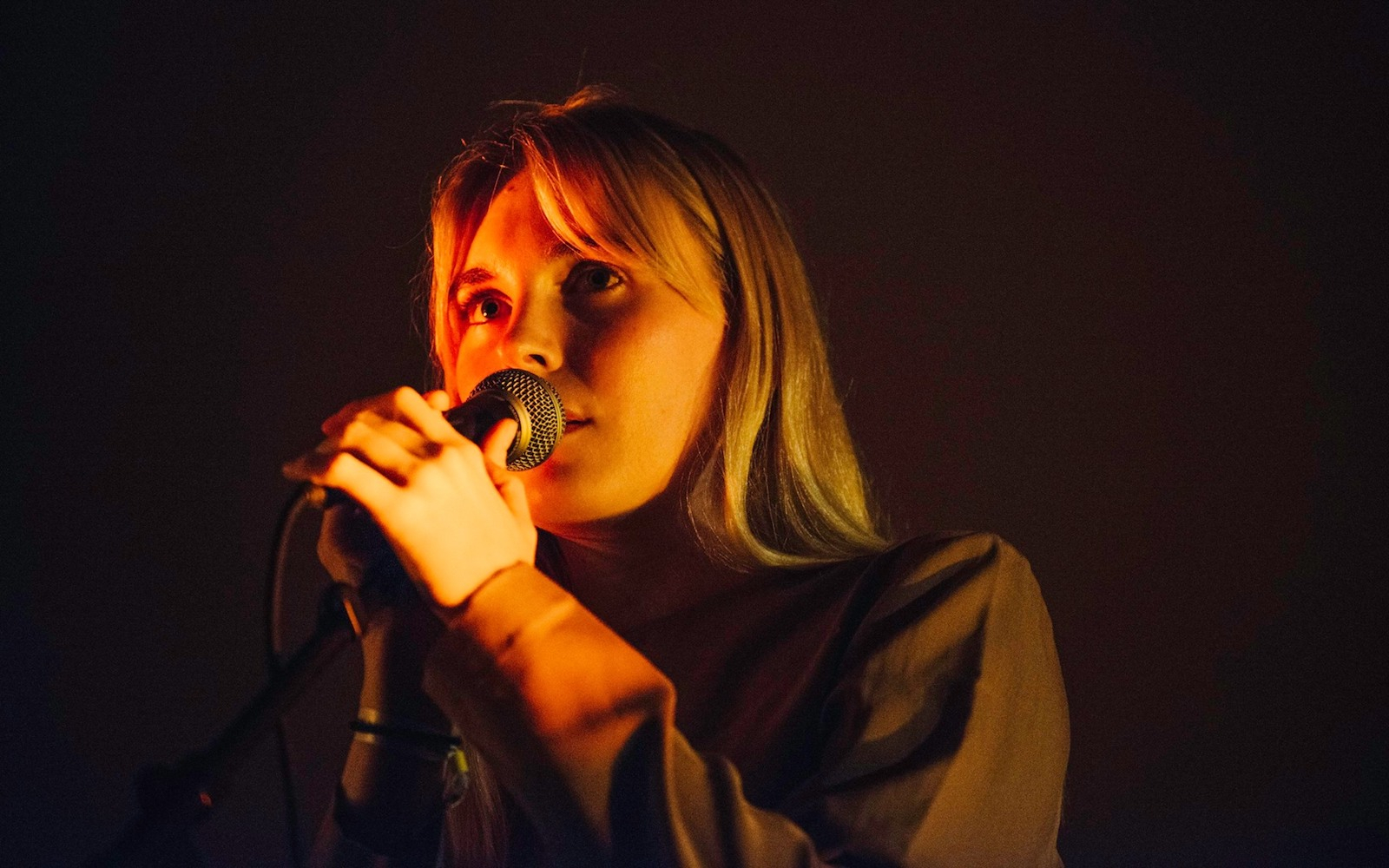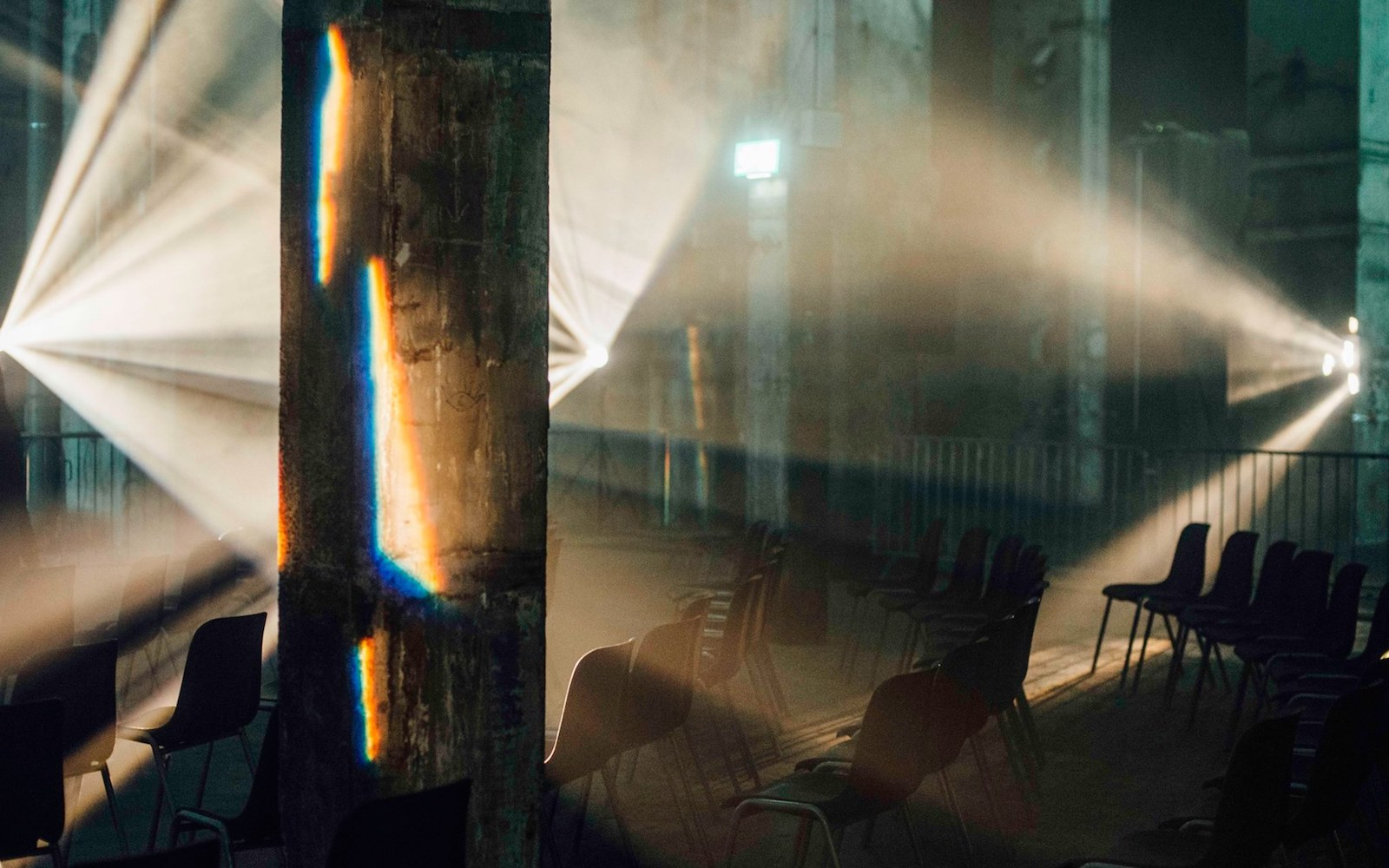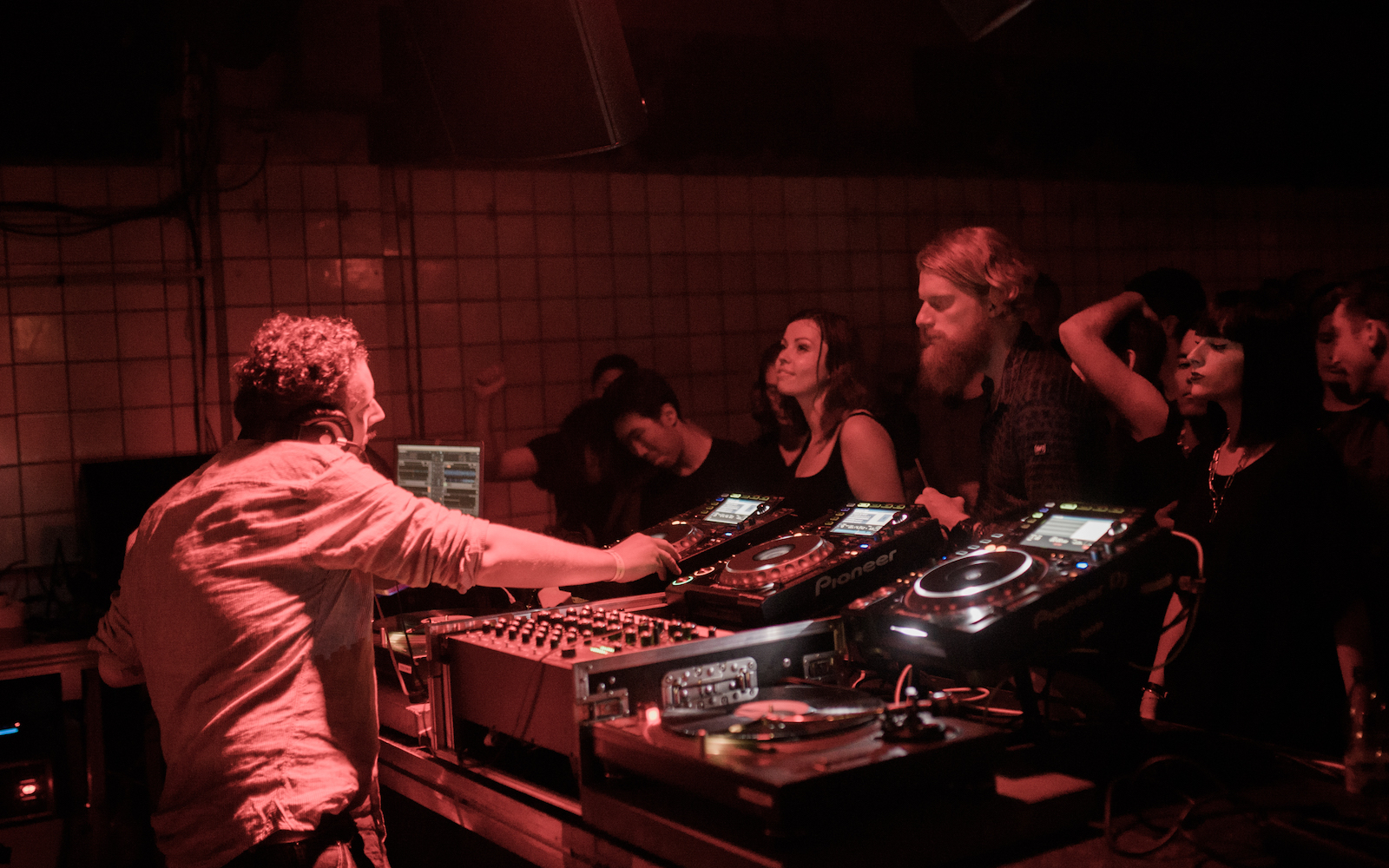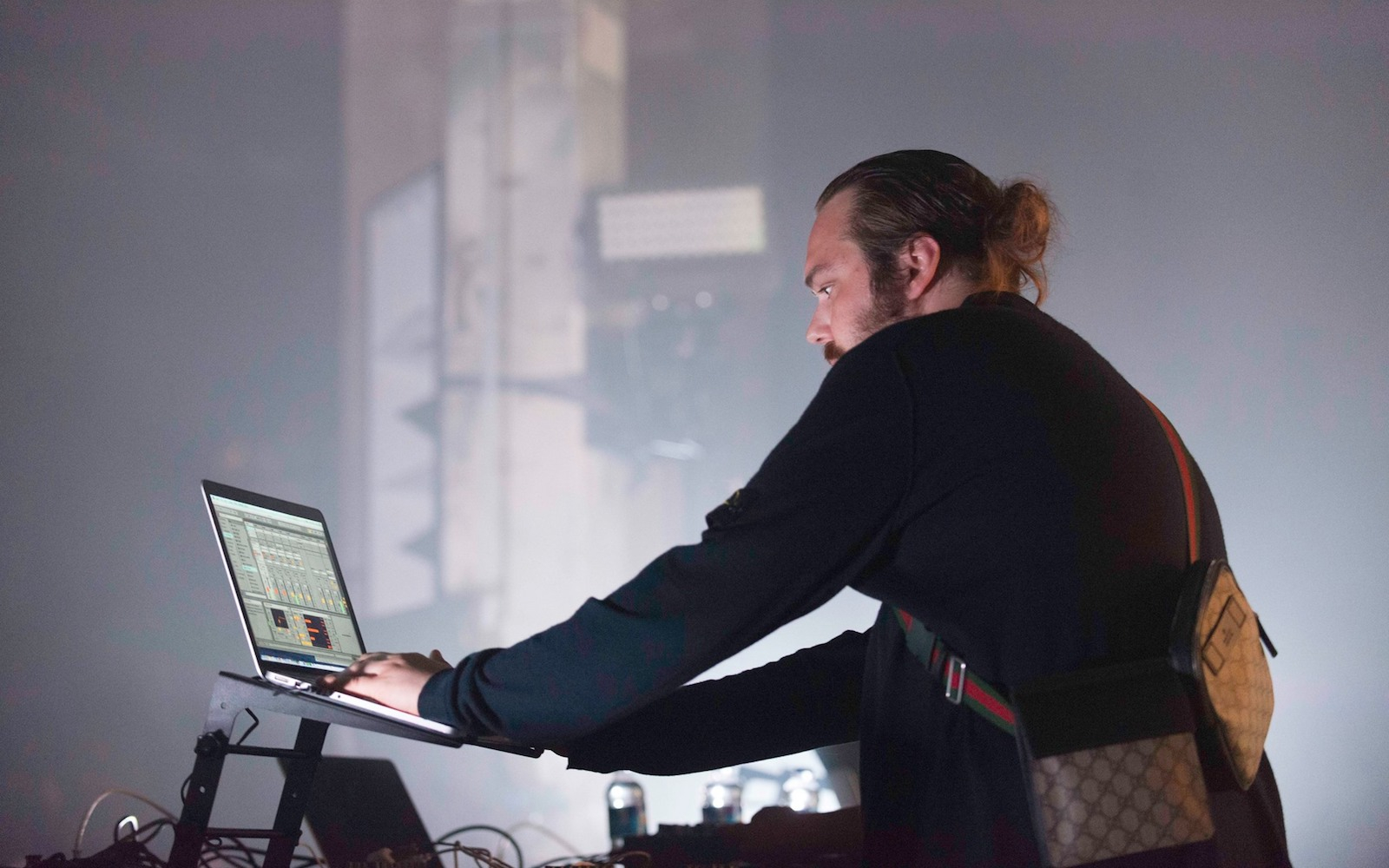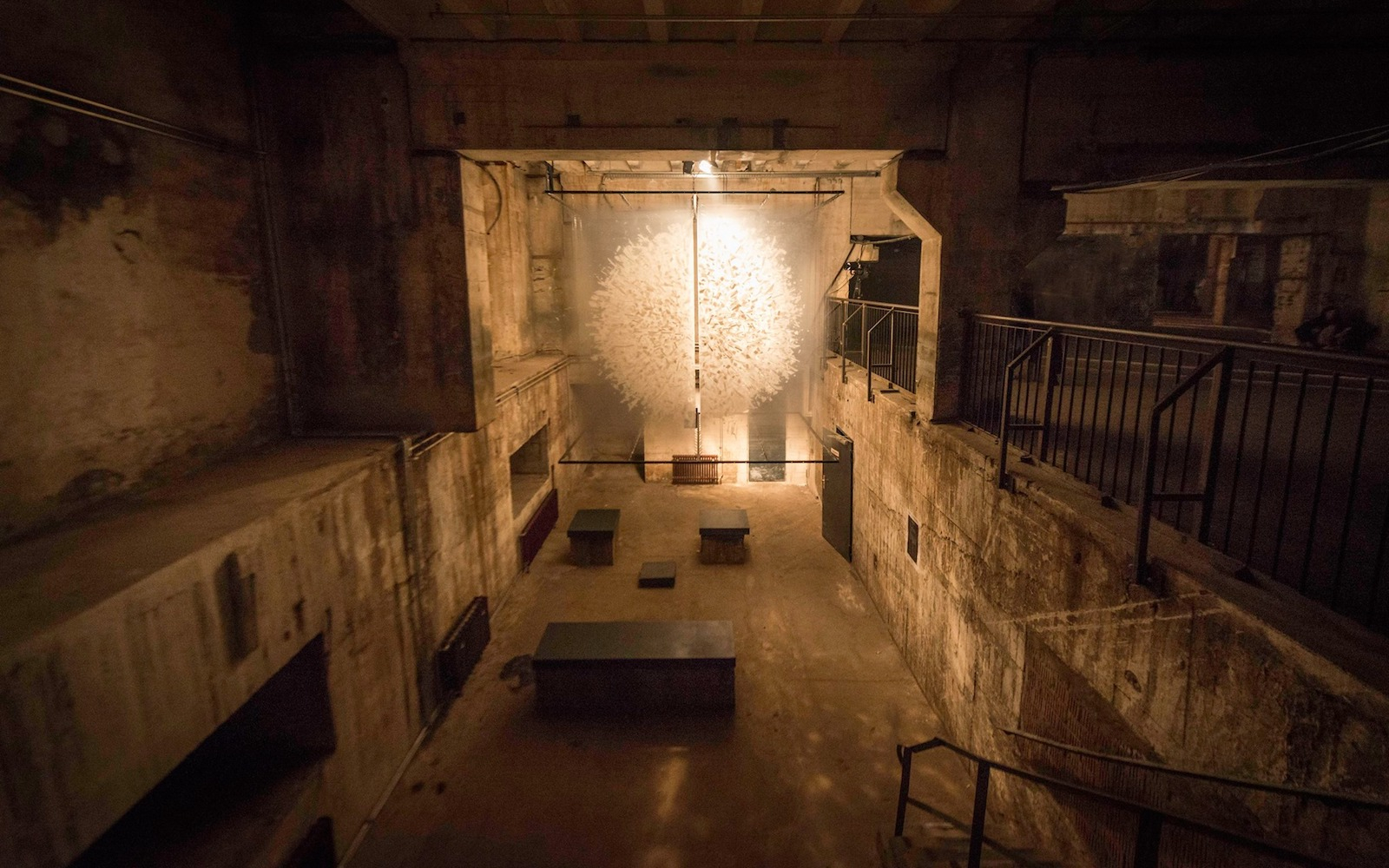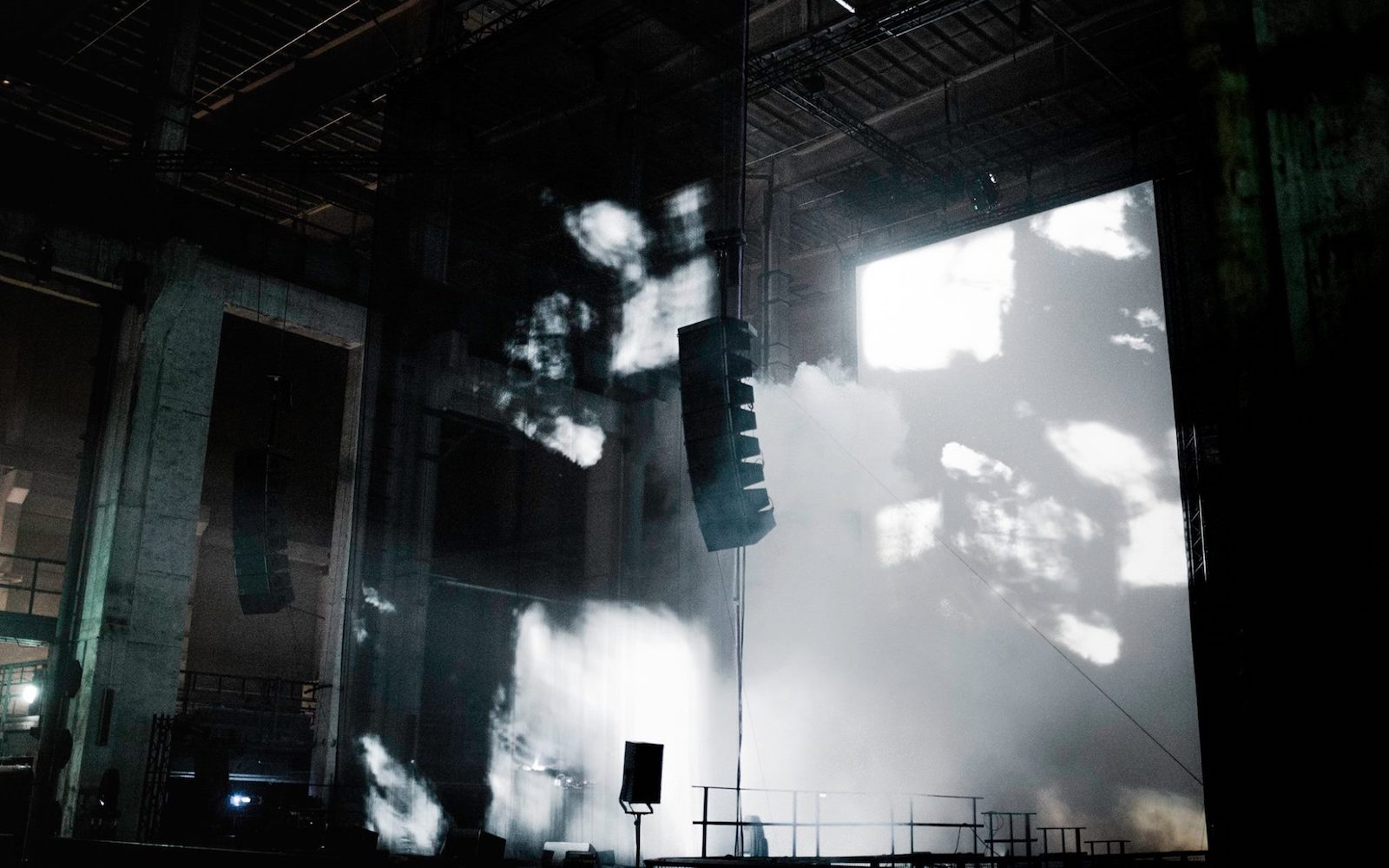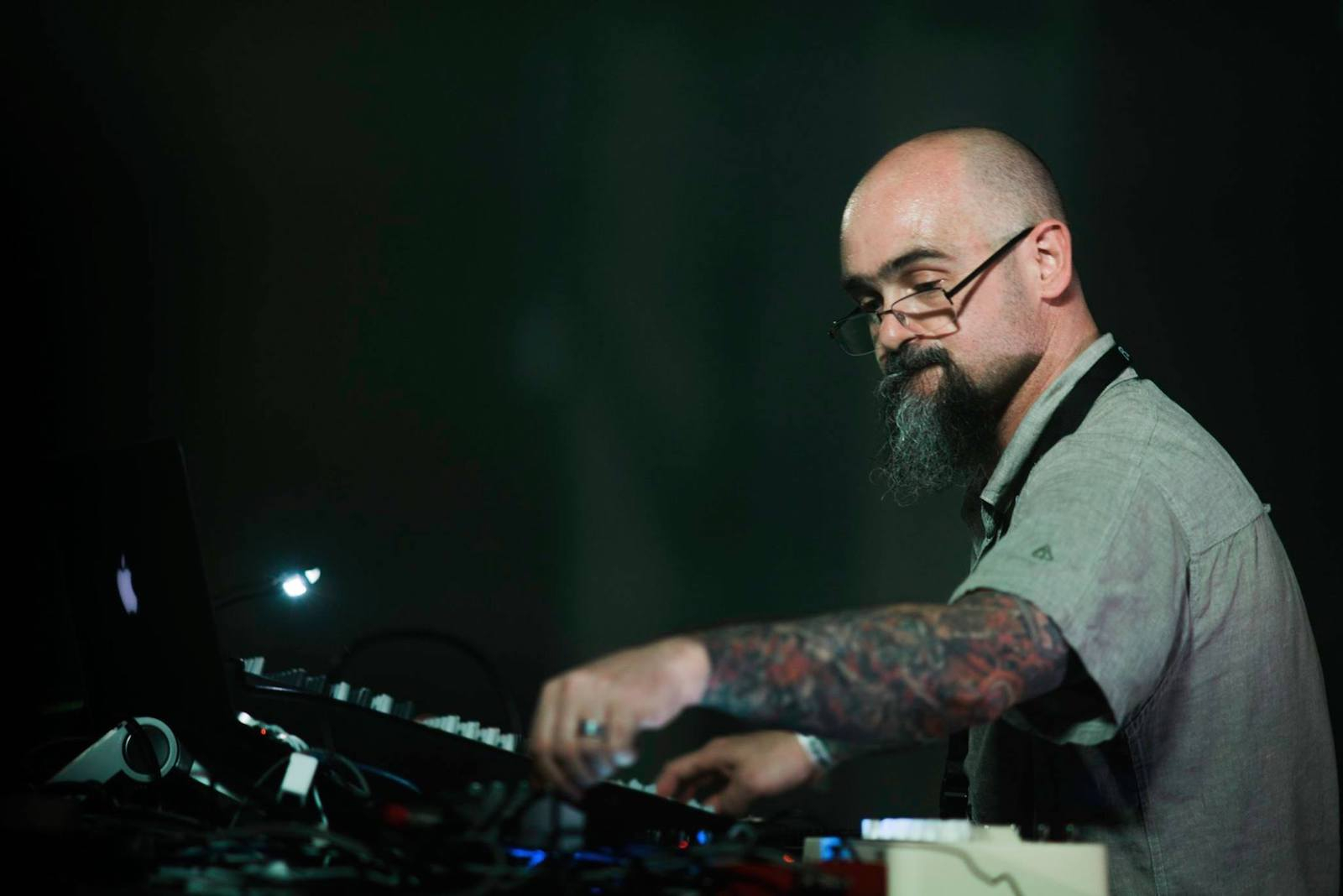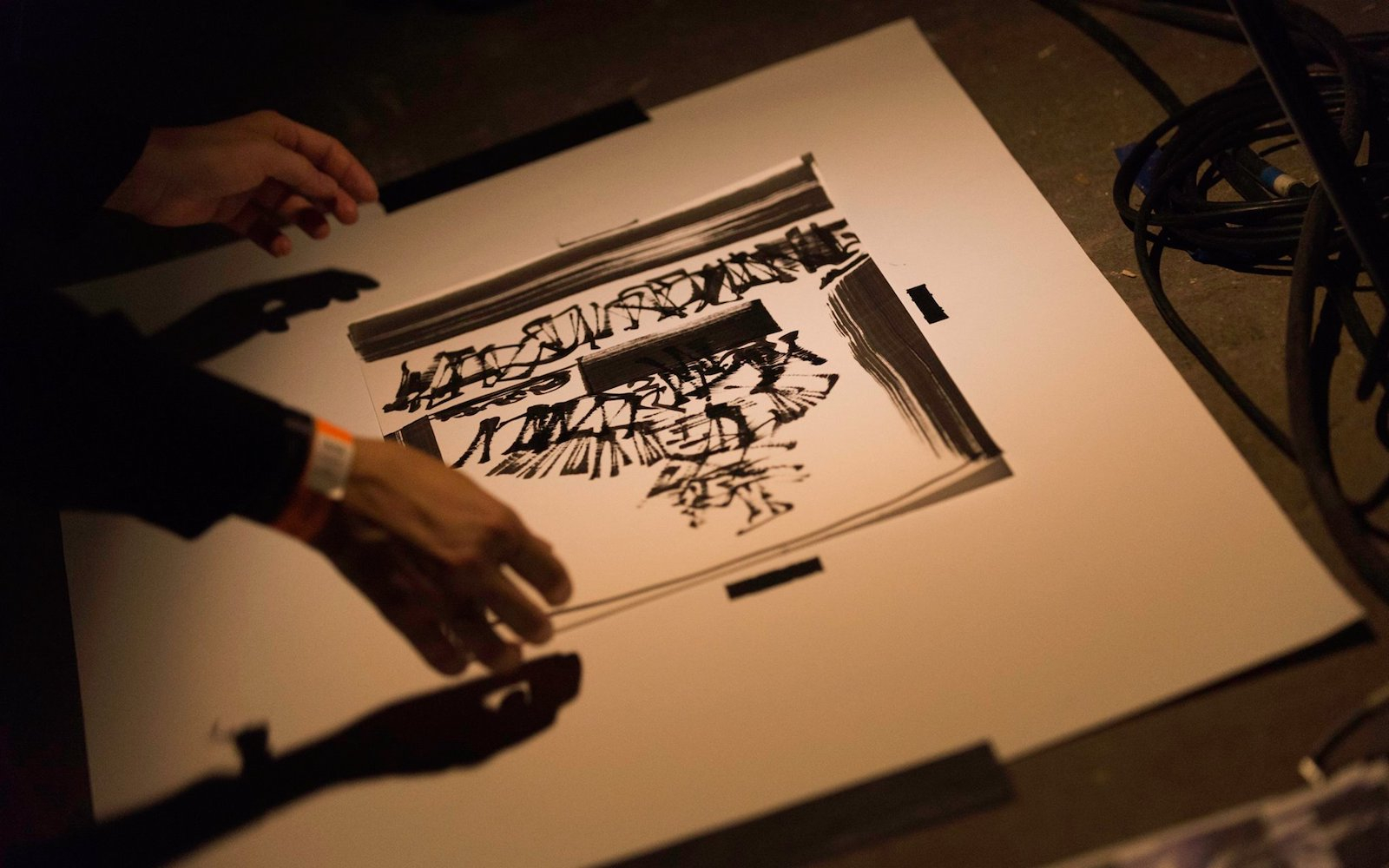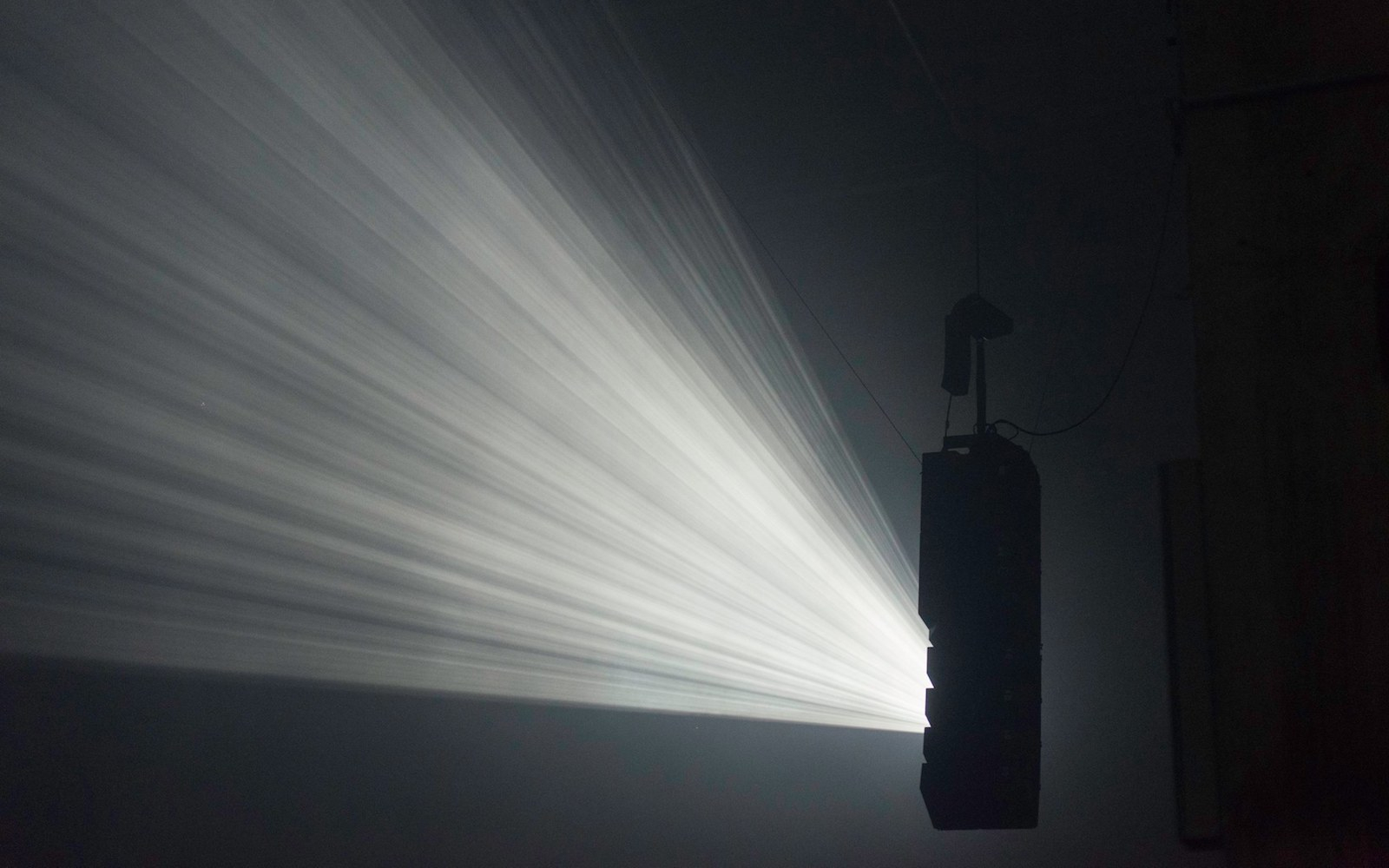Photo credits /
Camille Blake - Damien Dubrovnik, Powell + Wolfgang Tillmans, Anastasia Kristensen
Michał Andrysiak - Demdike Stare with Michael England, Broken English Club
Berlin Atonal 2017: Five key performances
- PublishedAug 23, 2017
- Words
- Share
- In the years since my last visit to Berlin Atonal, the experimental music festival seems to have doubled in size. Now, there's up to seven stages open across the five days, and it kicks off hard on the Wednesday. OHM, no longer just the afterhours haunt, is almost a mini-festival in itself. There's a dedicated modular synth area—Schaltzentrale, "the control centre"—where, in 2017, Sigha and R&S engineer David Morley could be found nerding out for hours. Every night you could stay out well past dawn. But every day it would get harder and harder to return. That's because Kraftwerk is an awesome and austere space, offering very little relief, and the music program was just as unyielding. Atonal isn't supposed to fun. It's about trialling new forms of creativity—not always successfully—and about groping a little bit further into the unknown in an attempt to try to define the future of electronic music.
While the festival may have expanded in 2017, a lot of the same kinds of acts, names and labels are rolled out every time. This meant that I was rarely taken by surprise—except dramatically so on the Saturday.
Here are five key performances from across the weekend.
Demdike Stare with Michael England I still remember my first encounter with Demdike Stare. It was harrowing and bewitching then, and they've only grown more potent with time. Michael England, a multidisciplinary artist who's designed record sleeves for Skam and Warp, has been playing with the duo for a while now. Their main stage audiovisual set began with an oscillating laser of neon green, beaming straight down into their heads, accompanied by searing blasts of noise. This is different, I thought to myself. Then the creeping dread began. The music was slo-mo but bassy, the duo's distinctive blend of techno, breaks, dub and evil ambient delivered as a sludgy yet danceable head-trip. After the laser beam, England's visuals morphed into an unsettling storyboard of found footage, ranging from the VHS horror imagery we've come to associate with Demdike Stare (contorted women, sped-up blood red skies) to street dancers battling and images of people posing in front of Niagara Falls. It was all saying something, but what? Understanding it didn't really matter—it was just as entrancing as the music.
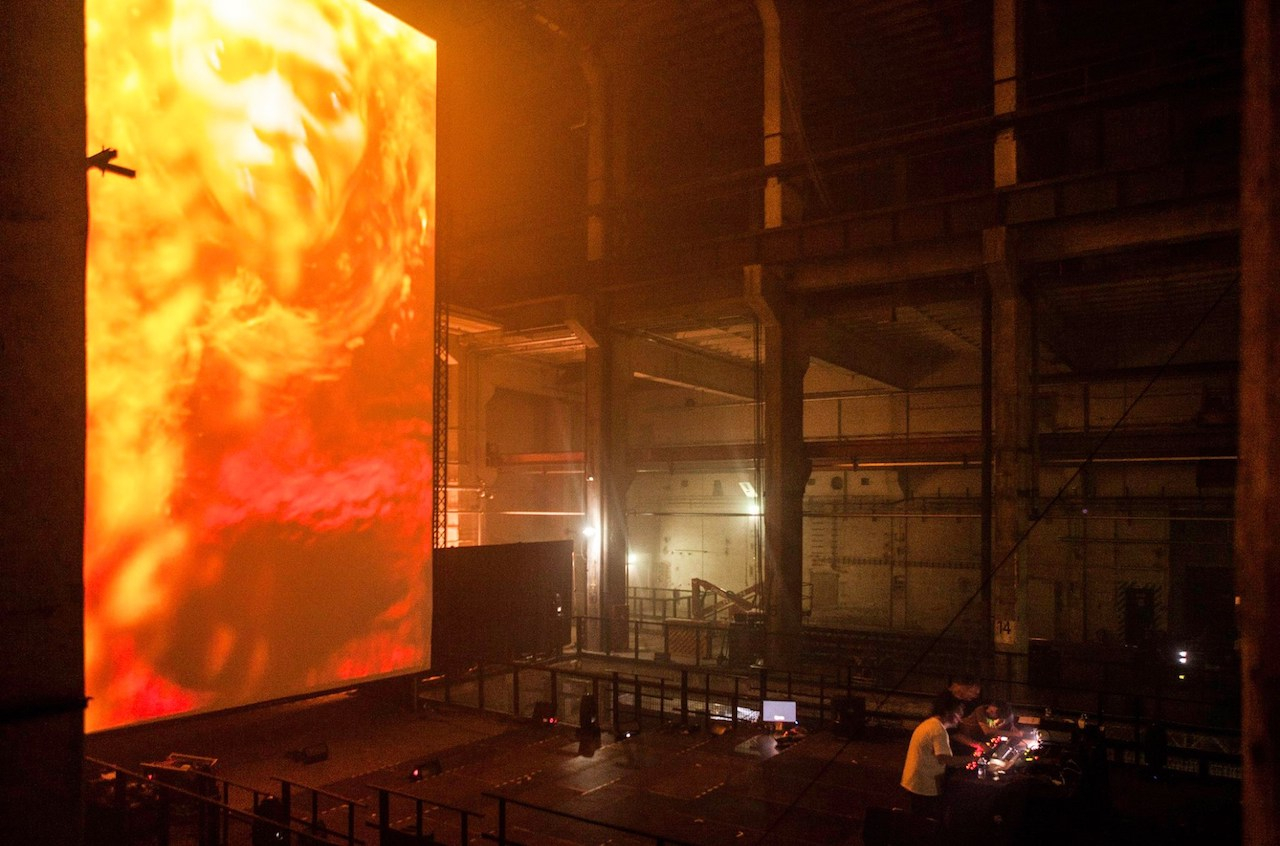 Damien Dubrovnik I've only ever seen videos of the Posh Isolation chiefs, real names Loke Rahbek and Christian Stadsgaard, performing as Damien Dubrovnik, though I've had their current album on repeat for a while. That record was presented on the main stage on Thursday. I expected they'd deliver a gruelling show, but I never thought it would also be so exquisite. Great Many Arrows is a significantly different LP from the pair, who have been making experimental noise together for nearly a decade. They came onstage decked in uniform white shirts. Rahbek, as stony-faced as ever with eyes that bore right through you, commandeered the mic. His voice, FX'ed into anguished metallic shards, was imposing. But his mellifluous work with the harmonium wounded deeper. It was a beautiful mix of extremes, and very emotional. Behind him, Stadsgaard waved his homemade noise modular around (essentially a piece of scrap metal) while overseeing the electronics. Every now and again, Rahbek would join him at the table to pump the harmonium. I was too young to attend any of the original Atonal festivals at SO36—before Dimitri Hegemann founded Tresor—but I imagine Damien Dubrovnik's performance would have carried a similar energy to sets by the likes of Test Dept or Einstürzende Neubauten in the '80s. It's acts like the Posh Isolation duo that help continue Atonal's DIY industrial noise tradition.
Damien Dubrovnik I've only ever seen videos of the Posh Isolation chiefs, real names Loke Rahbek and Christian Stadsgaard, performing as Damien Dubrovnik, though I've had their current album on repeat for a while. That record was presented on the main stage on Thursday. I expected they'd deliver a gruelling show, but I never thought it would also be so exquisite. Great Many Arrows is a significantly different LP from the pair, who have been making experimental noise together for nearly a decade. They came onstage decked in uniform white shirts. Rahbek, as stony-faced as ever with eyes that bore right through you, commandeered the mic. His voice, FX'ed into anguished metallic shards, was imposing. But his mellifluous work with the harmonium wounded deeper. It was a beautiful mix of extremes, and very emotional. Behind him, Stadsgaard waved his homemade noise modular around (essentially a piece of scrap metal) while overseeing the electronics. Every now and again, Rahbek would join him at the table to pump the harmonium. I was too young to attend any of the original Atonal festivals at SO36—before Dimitri Hegemann founded Tresor—but I imagine Damien Dubrovnik's performance would have carried a similar energy to sets by the likes of Test Dept or Einstürzende Neubauten in the '80s. It's acts like the Posh Isolation duo that help continue Atonal's DIY industrial noise tradition.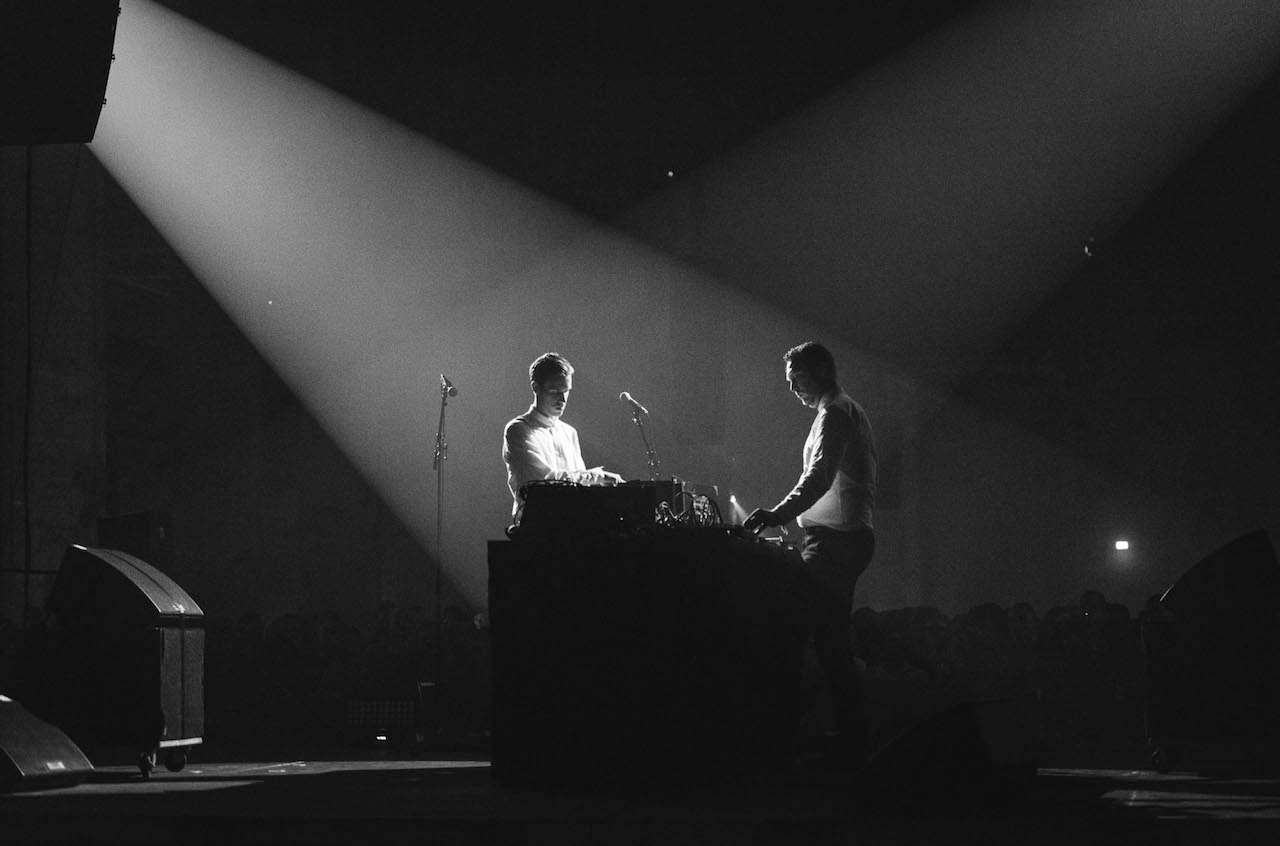 Anastasia Kristensen Tresor, the club's smoky techno basement, was open on Wednesday, Friday and Saturday for a mix afterparties and normal club nights. There were plenty more DJ sets going on elsewhere in the building, but Tresor was the best place to properly set inhibitions loose. After the yawning abyss of the main hall, a few hours of close and sweaty confinement—with a soundsystem that'll blow your head off—was badly needed. Copenhagen-based Anastasia Kristensen played the first slot on Friday. It took her a little while to settle, and she seemed to rush excitedly through the first 30 minutes. But then, somewhere around the time she dropped RAC's "Monsoon," she found her groove. The set went from electro (Special Request's "Adel Crag Microdot") to acid (DJ ESP's "You Gotta Do What You Gotta Do," Spokesman's "Acid Creak") via plenty of weirdo techno, Meta-era Oliver Ho and Joey Beltram's "Energy Flash." She closed on a version of DJ Junk's "Do It, Do It," because why not? A party atmosphere reigned throughout.
Anastasia Kristensen Tresor, the club's smoky techno basement, was open on Wednesday, Friday and Saturday for a mix afterparties and normal club nights. There were plenty more DJ sets going on elsewhere in the building, but Tresor was the best place to properly set inhibitions loose. After the yawning abyss of the main hall, a few hours of close and sweaty confinement—with a soundsystem that'll blow your head off—was badly needed. Copenhagen-based Anastasia Kristensen played the first slot on Friday. It took her a little while to settle, and she seemed to rush excitedly through the first 30 minutes. But then, somewhere around the time she dropped RAC's "Monsoon," she found her groove. The set went from electro (Special Request's "Adel Crag Microdot") to acid (DJ ESP's "You Gotta Do What You Gotta Do," Spokesman's "Acid Creak") via plenty of weirdo techno, Meta-era Oliver Ho and Joey Beltram's "Energy Flash." She closed on a version of DJ Junk's "Do It, Do It," because why not? A party atmosphere reigned throughout.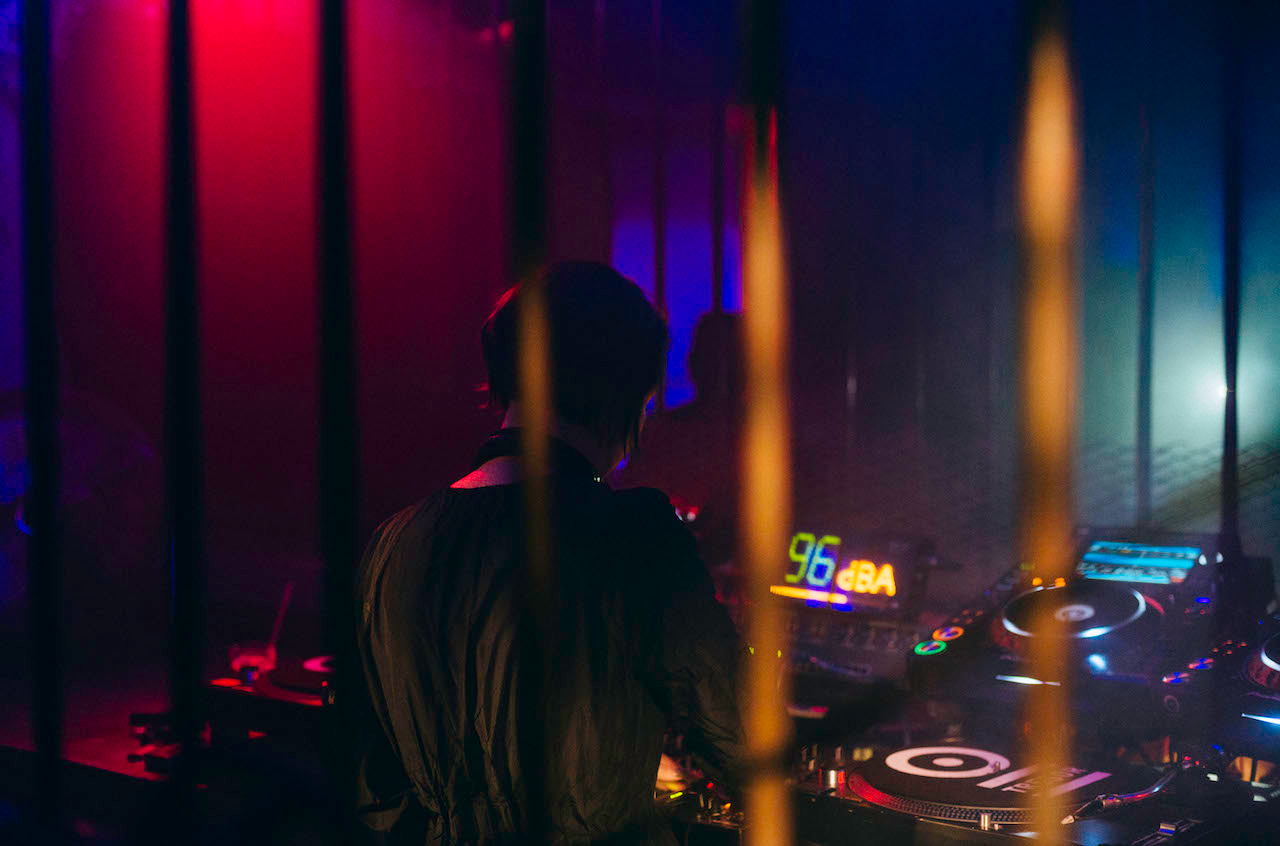 Powell + Wolfgang Tillmans Sometimes taking risks and being avant-garde ends in total disaster. Powell and Turner Prize-winning photographer Wolfgang Tillmans' debut collaboration was one of those times. Their performance was arguably the most hotly-anticipated premiere in a festival full of them, and they were given Saturday night's prime-time slot. I arrived late, but they too were running behind schedule. At first, I wasn't sure if it was them. Yes, the banal imagery projected onto the giant screen looked familiar, and the music sounded like it could have been from Powell's New Beta, but who was doing the spoken word? That was Tillmans. As the photos got more ludicrous, Tillmans' words more reductive and Powell's movements more narcissistic—at one point he came out from behind his setup, raising his hands for applause—I sensed that something was deeply wrong. I didn't know what was going on, and I didn't want to know. I left to the sound of Tillmans droning "la la la la la" while dog pictures flashed onscreen. Maybe it improved, maybe it didn't. I wasn't prepared to find out.
Powell + Wolfgang Tillmans Sometimes taking risks and being avant-garde ends in total disaster. Powell and Turner Prize-winning photographer Wolfgang Tillmans' debut collaboration was one of those times. Their performance was arguably the most hotly-anticipated premiere in a festival full of them, and they were given Saturday night's prime-time slot. I arrived late, but they too were running behind schedule. At first, I wasn't sure if it was them. Yes, the banal imagery projected onto the giant screen looked familiar, and the music sounded like it could have been from Powell's New Beta, but who was doing the spoken word? That was Tillmans. As the photos got more ludicrous, Tillmans' words more reductive and Powell's movements more narcissistic—at one point he came out from behind his setup, raising his hands for applause—I sensed that something was deeply wrong. I didn't know what was going on, and I didn't want to know. I left to the sound of Tillmans droning "la la la la la" while dog pictures flashed onscreen. Maybe it improved, maybe it didn't. I wasn't prepared to find out.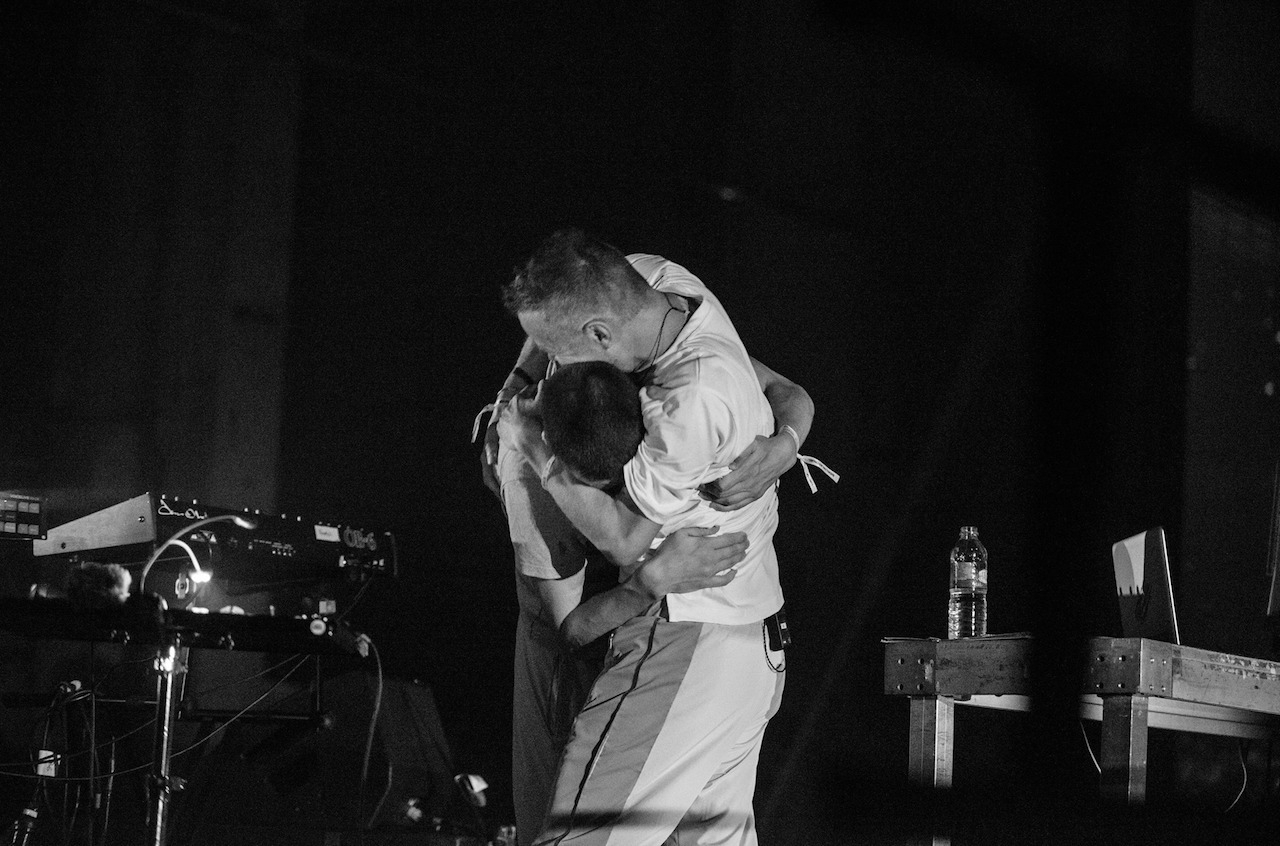 Broken English Club I recently caught Oliver Ho doing a Broken English Club DJ set in Amsterdam. It was great, but the live show was even better. He played at Stage Null, the newer ground floor area of Kraftwerk where a lot of the clubbier live acts performed late into the night. He toyed with a retro handheld microphone and a strange black woodwind instrument I hadn't seen before, which turned out to be a chanter. The Broken English Club sound is idiosyncratic—scraping metal meets post-punk—and totally in keeping with Atonal's past, not to mention reflective of its current concrete surrounds. Ho played a few tracks off his current record, like the slamming "Wreck," but overall the set leaned heavily on techno and didn't feel like a straight reiteration of Broken English Club material. It was a lot more intuitive than that. He confessed to me afterwards that he had planned something very different "but you guys needed techno." He was right, and everyone present stomped their gratitude for the duration.
Broken English Club I recently caught Oliver Ho doing a Broken English Club DJ set in Amsterdam. It was great, but the live show was even better. He played at Stage Null, the newer ground floor area of Kraftwerk where a lot of the clubbier live acts performed late into the night. He toyed with a retro handheld microphone and a strange black woodwind instrument I hadn't seen before, which turned out to be a chanter. The Broken English Club sound is idiosyncratic—scraping metal meets post-punk—and totally in keeping with Atonal's past, not to mention reflective of its current concrete surrounds. Ho played a few tracks off his current record, like the slamming "Wreck," but overall the set leaned heavily on techno and didn't feel like a straight reiteration of Broken English Club material. It was a lot more intuitive than that. He confessed to me afterwards that he had planned something very different "but you guys needed techno." He was right, and everyone present stomped their gratitude for the duration.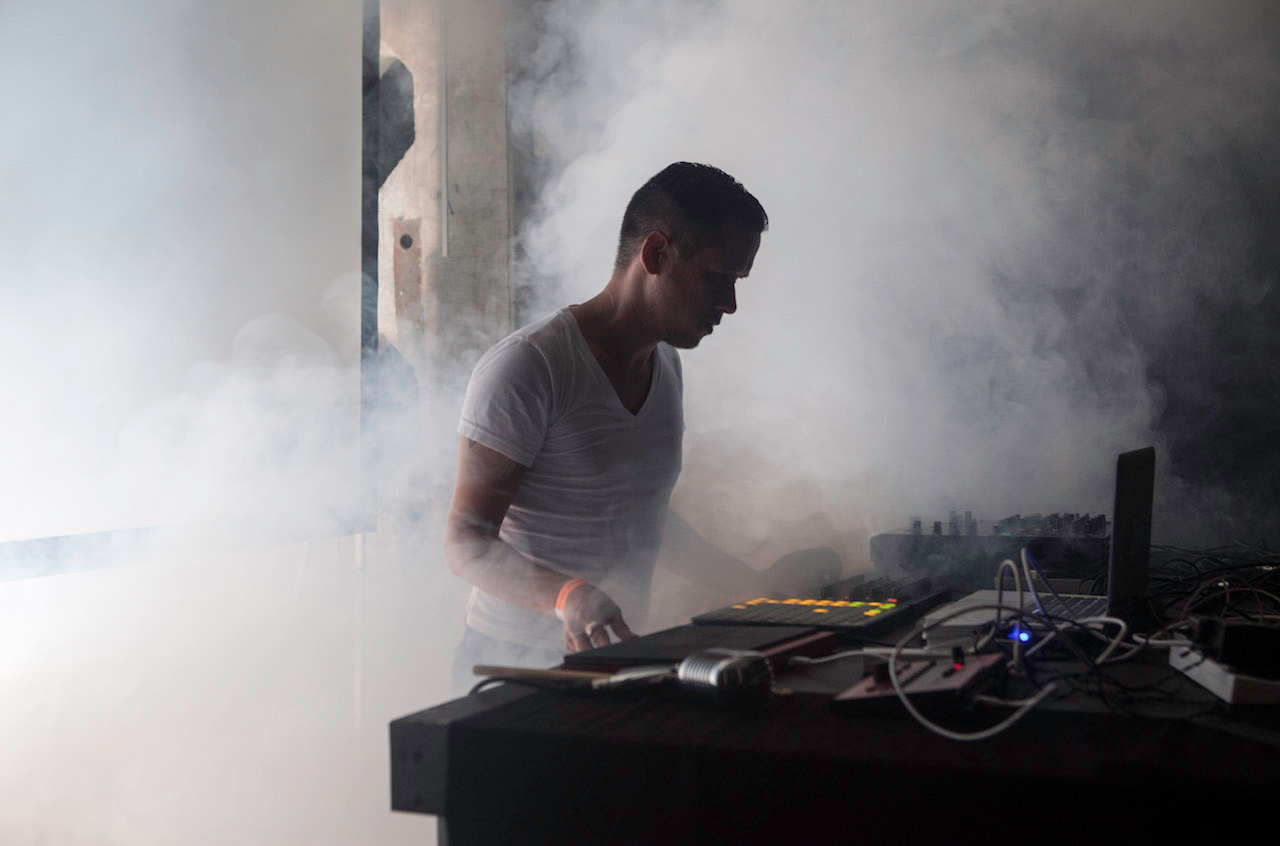 0303
0303